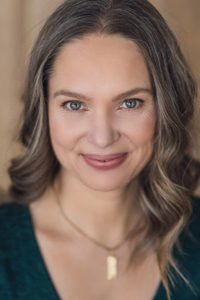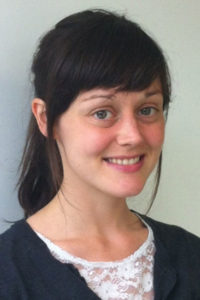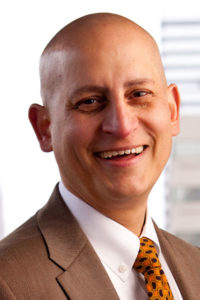
Physical activity is an integral part of the diabetes management toolbox. However, not everyone responds to physical activity the same way or has the wherewithal to exercise regularly, which makes prescribing it all the more difficult for clinicians.
“If you’re treating individuals with type 1, type 2, or even gestational diabetes, you want to look at the things that might be hindering a healthy lifestyle. There are a number of factors that sometimes get forgotten,” said Jane E. Yardley, PhD, Associate Professor of Social Sciences at the University of Alberta, Canada.
Dr. Yardley is one of four scheduled speakers for the session Reaching Everyone—Health Disparities and Sex Differences in Physical Activity, which will begin at 8:00 a.m. CT Saturday, June 4, in La Nouvelle Orleans Ballroom B at the convention center. The session, which will be livestreamed for virtual attendees, will examine how factors such as sex, gender, age, ethnicity, education, and living environment combine to affect whether a person exercises. The speakers will share strategies for prescribing physical activity that are feasible and sustainable for various types of patients.
Dr. Yardley will present The Menstrual Cycle and Beyond—Barriers and Facilitators of Activity in Women with Type 1 Diabetes. Studies show that glucose levels fluctuate throughout the month in women with type 1 diabetes.
“They’re not consistent across all women, but they seem to be consistent within individuals. And if it’s affecting the amount of insulin that they’re taking to manage their glucose, it’s going to affect the risk of hypoglycemia when they’re physically active,” said Dr. Yardley, who will also discuss menopause and the benefits of resistance exercise.
“Post-menopausal women with type 1 diabetes see a faster decline in muscle mass and bone density than other aging women,” she said. “And overall muscle strength and quality decreases faster with age in people with type 1 diabetes compared to those without. As such, exercise is essential to functional mobility and independent living as they head into their sixth decade of life and beyond. We’re seeing more and more of these older women because we have better technology and treatments for people with type 1 diabetes than ever before.”

Both Dr. Yardley and fellow presenter Siana Jones, PhD, noted that most studies focused on exercise and diabetes are conducted in men. Dr. Jones will discuss the need for more research into how ethnicity and gender combined with exercise affect type 2 diabetes and the risk of subsequent cardiovascular disease, a risk that appears to be higher in women than men.
“We know that increasing our physical activity may mitigate our risk of cardiovascular disease, but we really need to understand the impact of ethnicity and sex on physical training—or lack of physical training—so we can design more targeted interventions, if that’s what’s necessary,” said Dr. Jones, Research Fellow in Population Science and Experimental Medicine at the Institute of Cardiovascular Science at University College, London. “Understanding the physiology underpinning these differences in full is important. If we don’t understand it, can we begin to mitigate health disparities in communities? It’s so very important.”
Carlos Crespo, PhD, Professor of Community Health at OHSU-PSU School of Public Health, will explore various reasons some people are less physically active than others. One reason people don’t exercise is because they think they need to walk 10,000 steps a day and exercise 150 minutes a week. Our culture has an all-or-nothing attitude, he said, and if we don’t have time for 150 minutes of exercise, we give up.

“I have looked at published papers focused on people who engage in zero physical activity, people who engage in some physical activity, and people who are really physically active. And, consistently, it’s physical inactivity that’s killing us,” Dr. Crespo said. “If you do a little bit, you get a lot of protection—a huge reduction in risk. And you gain more benefits the more you do. There is a lot to gain by allowing people to do something—just play the congas if that’s something that makes them move.”
Dr. Crespo will present data that breaks down preferred physical activities by ethnicity, gender, education, and other factors. Dancing ranks in the top 10 for virtually all groups except white men, he said. Golf ranks in the top 5 for white men, but not for Latino or Black men. Such data can help guide health care providers prescribe physical activity in various patient groups.
Dr. Crespo will also address barriers that prevent exercise. Not everyone can afford exercise equipment or a gym membership, and not everyone lives in a walkable neighborhood. And a lot of children are no longer required to take physical education classes in school.
“States that don’t require P.E. are more likely to have adults who are inactive,” Dr. Crespo said. “If you teach a kid how to exercise in high school, they’re more likely to be active when they’re adults. It goes back to this issue of access. Do we make it easy? Do we educate people to be physically active?”
The session’s other speaker, Natalie Colabianchi, PhD, Professor and Program Chair of Applied Exercise Science and Director of the Environment and Policy Lab at the University of Michigan School of Kinesiology, will also address the importance of walkable neighborhoods.
[sub-post-content]